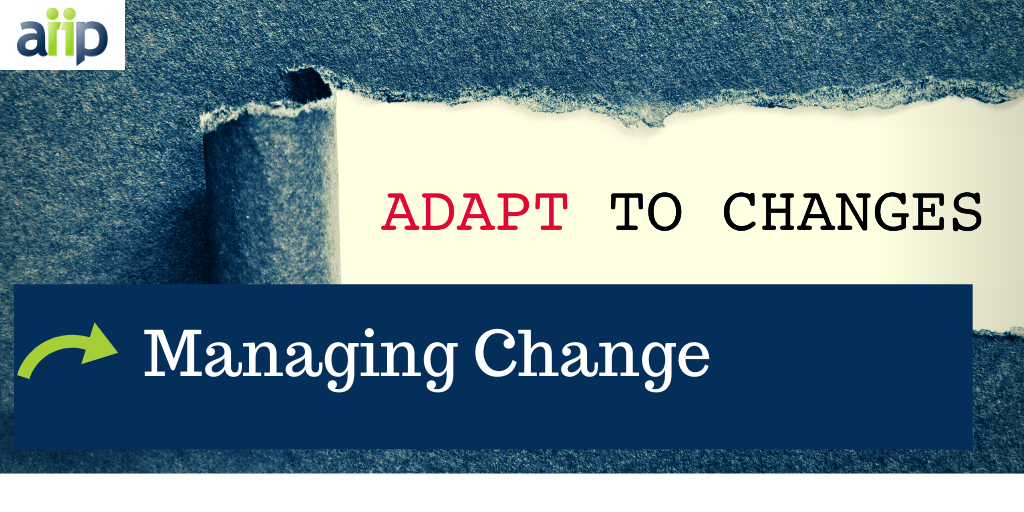You Just Retired: There’s Just One Last project … For YOU

Editors note: This is part of our “Retirement” series to address challenges and opportunities many of our members facing retirement are experiencing.
By Ulla de Stricker
Chances are, the last several decades of your life were whirlwinds of client work, volunteer work, family activities, and much more. There would have been no chance whatsoever for you to deal with all the personal projects you kept meaning to do. But you did have one consolation: “Oh, once I retire or at least reduce my client work significantly, I’ll have lots of time!”.
When that day comes – assuming you keep your promise to yourself not to take on “just one more project for a favored client”, flattering as that may be – there will be nothing hanging over your head. You will be free. Go ahead and enjoy the new flexibility in your schedule for a time; take that trip; after all, you have earned it.
Then, you will have the opportunity to do one last project – for yourself this time. You get to ask the question “when I pass away, will I want my family to be dealing with all these boxes of who knows what?” You get to “clean up and throw out” not just in your office but throughout your home. You get to create an entirely new framework for your life and that of those who hold responsibility for managing your estate … one that, incidentally, may include parents’ and grandparents’ items that were given to you and kept safe by you. I have been in spaces so crowded with figurines, decorative platters, and other heirlooms that my heart went out to those who would likely end up spending weeks inspecting, cleaning, in some cases arranging appraisal for, and packing them all. Thus, we are doing others a huge favor by slimming down the volume of our stuff even further than it may already have been.
The key here is treating the culling and sorting and organizing just as we would any client project: With discipline, persistence, and care. The bonus we now get but don’t usually get with client projects is that we may discover new interests (think embroidery or military history) deep in those boxes.
Of course, a key concern may be to determine whether any of our possessions belong in a museum or archival collection. It’s wise to become familiar with the collection policies of local or national institutions and then to determine the interest they may have in acquiring our books or documents. Such a process could require some time to create an inventory for the orientation of curators who will want to get a sense whether our items are related to historical events or shed light on societal developments, thus making them worthwhile for future generations. (Example: Box of personal letters between George Henson [location and occupation] and his fiancée during the years 1894-1904, estimated count 400 in good condition.)
But even before that, the first order of business is to line up the boxes for easy inspection. That may be daunting; for example, schlepping them from a storage area to an office area may require the assistance of persons with dollies, and the look of a pile of boxes may be unappealing. The facial expressions of those uttering words like “attic” or “basement” tell the story.
Several questions become relevant: Would anyone in my family or among my friends be interested in taking over the items in this box? Have I ever promised these items to my niece? (If so, now would be the time to expedite the box into her home!) If I don’t handle and dispose of these items, who will when the time comes? Yes, indeed, it may be sad to recognize that materials lovingly carried from place to place through decades may not hold the sentimental value they do for us … but that is a simple matter of the passage of time. I often hear colleagues my age say, “young people don’t want that ancient stuff and old furniture!”. Another consideration is that while we may relish the memories attached to the items, others will not have such background and will not know the significance of each. Unless, of course, you attach the story to the item: “While a soldier, Grand Uncle Peter used this brass pot for cooking over an open fire during the war with Prussia in 1864. Use an acidic agent to polish it to a shine (for example, ketchup.)”
Newly found time allows the new retiree the opportunity to decide if any private letters and documents not going to a museum or an archive are “anyone’s concern”. They are likely not, and I for one certainly would not want anyone pawing through such materials after my passing (when I can no longer explain!). Similarly, though I may have found this candlestick or that marmalade bowl pretty when I purchased it at the flea market or received it as a gift, I do not want anyone I care about to be saddled with it all. Off to the second hand shop these items go … let someone else enjoy!
Throughout the project – and let’s remember it’s for us, not for anyone else – it is important to keep in mind that we are not engaged in rearranging all the items into newer, cleaner boxes with fancier labels to now take up the same space they did before. We are engaged, by getting rid of stuff, in simplifying the work family members will have to do later upon our passing … an activity for which they will likely be very grateful then.
Take my word for it: This project will be the most satisfying and rewarding one you ever do!
Ulla de Stricker set up her consulting firm in the early 1990s after a career in the information industry. Encouraged by Cindy Shamel, she joined AIIP many years later and very much enjoyed a number of volunteer positions. She was always a tidy person but credits the start of her interest in “cleaning out” to a bout of insomnia that went on for a long time … you have to do something with all those nighttime hours!





